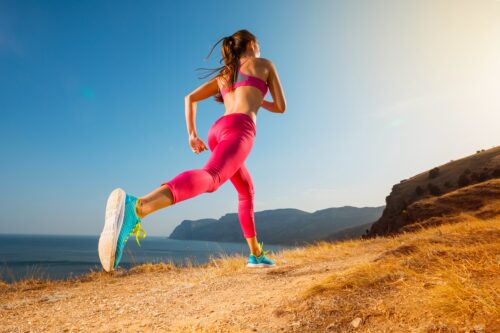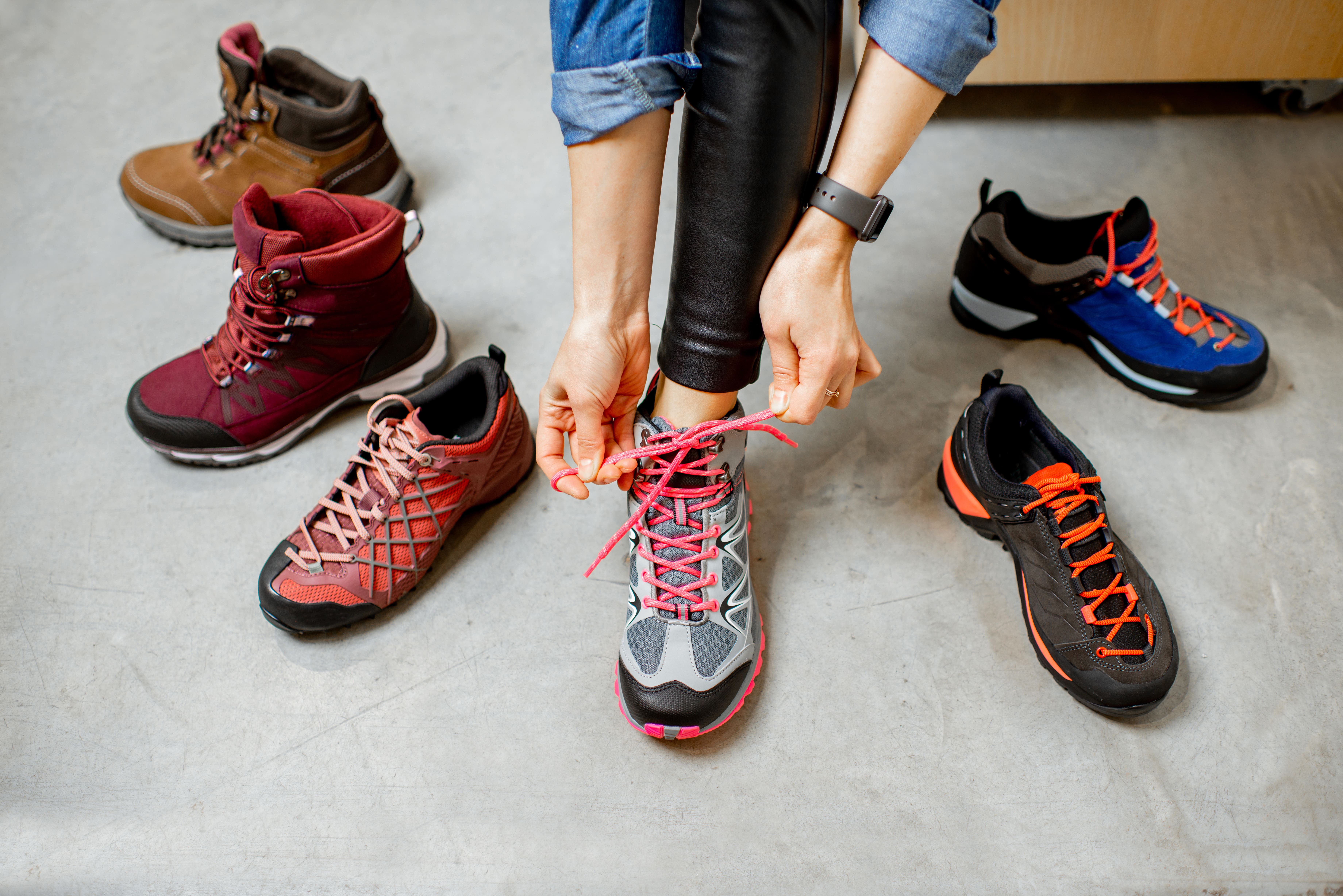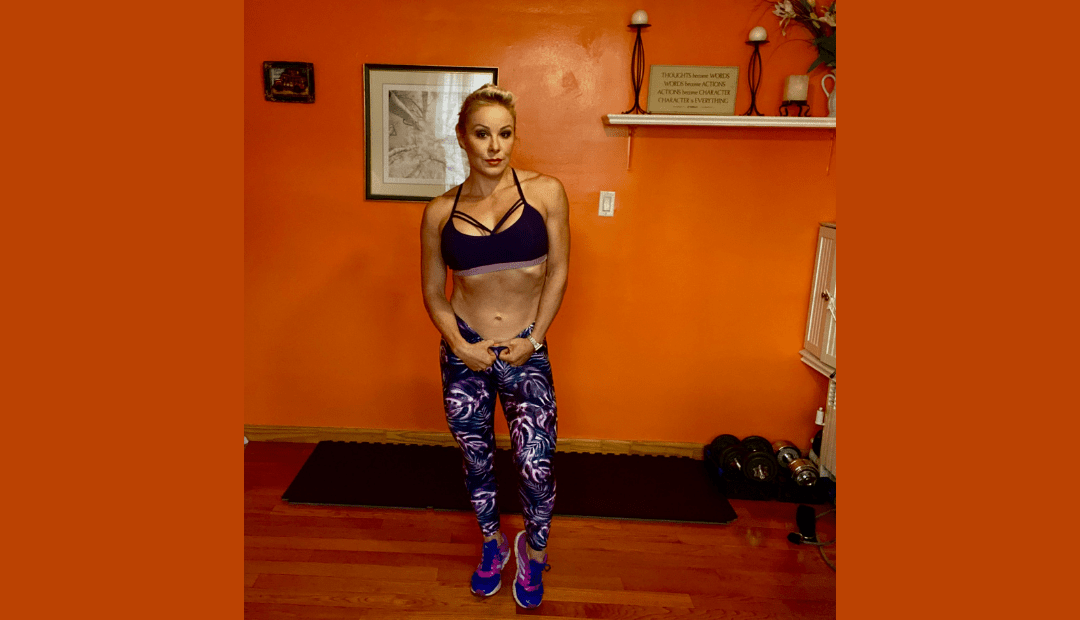Athletic shoes are fundamental for your fitness journey. Sneakers not only make a fashion statement but are needed for performance and injury prevention. Yet, finding the right pair can be challenging sometimes. There are several things to take into considerations when buying athletic shoes. Bear in mind the following tips when buying sneakers.
ASSESS YOUR NEED FOR SNEAKERS
Sneakers deteriorate. After continuous use, the sneaker’s midsole starts to deform and compress, losing its ability to rebound and absorb shock. This starts to create misalignments on your feet, leading to pain and injuries. Replacing worn-out sneakers helps prevent injuries and saves you money associated with medical expenses.
Do you know when to replace your old athletic shoes? You should replace them if:
- You walked in them for over 500 miles
- You used your sneakers 3 – 4 hours a week for six months
- You used them 7 hours a week for three months
- Worked out or wore them while playing sports for 45 – 60 hours
- Sneakers have been exposed to the elements for considerable amounts of time – left outside under the sun or rain
- Sneakers look visibly ragged. If the heels feel flexible when compressed from side to side, if the soles appear uneven to one side from a rearview, or the outer sole has worn out

CONSIDER YOUR GOALS
Sneakers are designed to help facilitate specific movements and actions so you can perform better and decrease your chances of getting hurt. For example, running shoes are light and designed for agility while trail running shoes are heavier, sturdier, and have soles with greater grip for the outdoors. Basketball shoes offer greater support around the ankles as well as flatter soles for gripping the court and making quick moves. Cross trainers are great for the gym and to perform a variety of activities. If you engage in different sports/ activities regularly, it’s worth it to invest in two pairs of sneakers as they help further your performance. It’s important to select an athletic shoe based on your fitness goals.

GET THE RIGHT FIT
There are many factors that contribute to changes in your feet’ size. Even if you have been a size 10 shoe for your adult life, but may not be a 10 now. Feet can change over time. Weight gain or weight loss, hormone use, pregnancy, loose ligaments, foot deformities (bunions and hammertoes), conditions (diabetes and circulatory problems), and injuries can cause fluctuations in foot size.
Ask a sales representative to size you before trying on shoes to get your present size. Besides changes in foot size, people can have a foot bigger than the other by a half or full size. Then, you can buy shoes based on the larger foot and get insoles to match the fit. If the difference is more than a full size, you may need to buy mismatched shoes. Additionally, if you experience foot pain, you can ask the person to analyze your arch type (normal, flat, or high). Then, you’ll get a sneaker recommendation based on your foot’s actual length, width, arch type, and natural movement.
Another aspect to keep in mind when buying sneakers is that not all brands’ sizes equate to the same dimensions. Some brands run small or others large. A size 10 in Nike may not fit you the same as a 10 Adidas. Don’t think twice to go up or down in sizes based on your measurements.
Lastly, when buying shoes, you should leave about a thumb’s width of space at the end of your longest toe. This extra space accommodates swollen feet and diverse movement patterns that take place during exercise.
TRY, TRY, TRY
Once you have your right fit, it’s time to try on different athletic shoes. Even if there is a pair that catches your eye, try at least three pairs of shoes. Try several brands as well; sometimes, the fit of a specific model can feel better than the one you are used to wearing. Give yourself plenty of time so you are not rushing and you can make a good decision. When you try different sneakers, you can objectively compare and assess the best option for you.
Do your shopping later in the day. At this time of the day, your feet are at their largest. It’s better to buy sneakers that are slightly larger than ones that feel tight when your feet get swollen, like at the end of the day or during exercise. It is also smart to wear your own athletic socks when trying on shoes. The socks at the store may be thicker or thinner than the ones you are used to wearing and will give you an inaccurate fit.

SET YOUR BUDGET
Sneakers come at all styles and prices. You can find a $20 and a $250 pair of athletic shoes. So it’s wise to set your budget before shopping. You don’t want to try a pair of shoes, fall in love with them, realize you can’t afford them, and be disappointed. Know your upper limit and don’t try anything above that price in order to avoid wasting time and emotional energy.
In regards to athletic shoes, you get what you pay for. The quality, or lack of quality, of a $20 pair is totally different than a $65 pair. Plus, is that $20 sneaker really cheaper? Probably not, as it is going to deteriorate faster. Remember that sneakers are not only about fashion but about performance and achieving or conserving a healthier state. Yet, you can always use coupons, discounts, or even search in the clearance area.
CHECK THE RETURN / EXCHANGE POLICY
The last thing you want to do is to avoid buying sneakers that do not feel right and find out that you are unable to return or exchange them. Check the store’s return, exchange, refund policy so you have peace of mind in case the shoes are not the right fit for you. Some retailers offer 30 days to return shoes, even if they’ve been worn. If the store doesn’t have a good policy, you can note the shoe’s model and get it at a different retailer. Fortunately, nowadays we leave in a world where we have a lot of purchasing options.
Sneakers are essential for most workouts and even during leisure times. Get your right fit and change your sneakers when they stop providing the support you need in order to avoid injuries and achieve your goals. They can make a difference in your performance and can help keep your body in its best state.
To a Fitter Healthier You,
The Fitness Wellness Mentor



